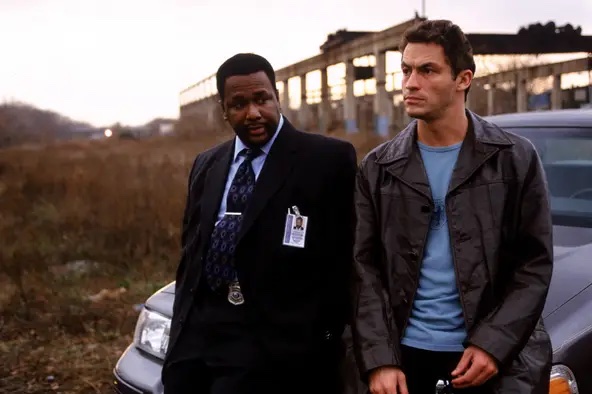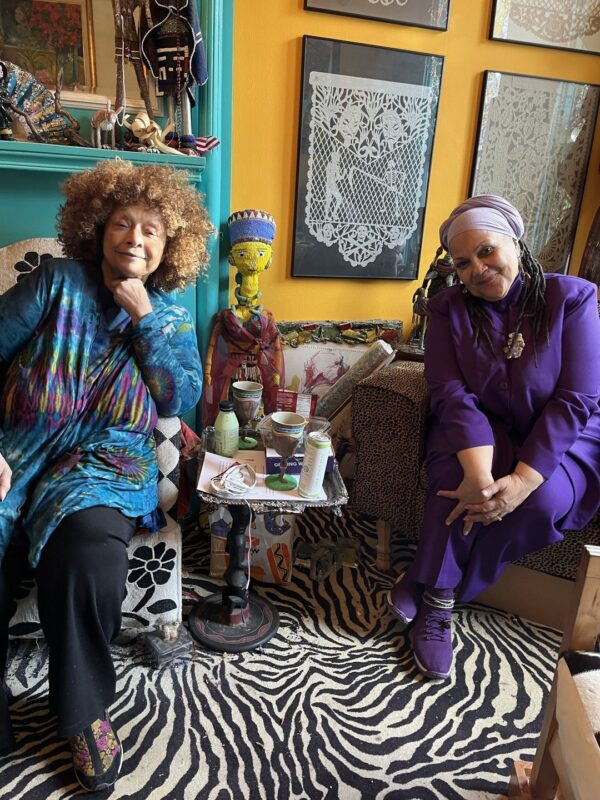MTA Unveils Seven East-West Transit Options for Baltimore; Public Input Sought
by Bruce DePuyt
Published June 2 in Maryland Matters
Excerpt: When Gov. Lawrence J. Hogan Jr. pulled the plug on the Red Line in 2015, he slammed the long-planned Baltimore project, calling it a “wasteful boondoggle.” The nearly $1 billion in federal funding that Maryland had secured to build the rail line was returned to the U.S. Treasury for use elsewhere.
Seven years later, the Maryland Transit Administration has unveiled a new set of transit options that would serve the Baltimore region in similar ways. The agency hopes the public will study the options and offer comments.
Transit advocates said the new study will offer the state’s new governor and legislature a fresh start. They say the lack of reliable mass transit is holding the region back economically.
The seven alternatives vary in length, cost, time for construction, the communities served, the number of stops they would make, and how many car trips they would supplant.
In an interview, MTA Administrator Holly Arnold called the release of the feasibility study “a pretty major step” in advancing the state’s Central Maryland Regional Transit Plan. While no single line can serve everyone, she acknowledged, a well-planned rail system can help people get where they need to go.






